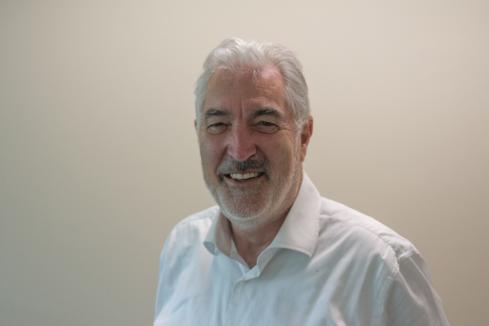The first look at Buru Energy’s Rafael well three-dimensional (3D) seismic cube shows data quality improvement and confirms the structure as a significant gas and condensate resource – with step-out prospectivity. Management says it can already see the reservoir and top-seal intervals in a structure similar to that mapped on historic two-dimensional data. The final volume is due by the end of February.


The first look at Buru Energy’s Rafael well three-dimensional (3D) seismic cube shows significant data quality improvement and confirms the structure as a significant gas and condensate resource – with step-out prospectivity.
Management says it can see the gas-bearing dolomite reservoir intervals, in addition to the Laurel shale top-seal over the Rafael accumulation, much like previous interpretations based on two-dimensional data. The fast-tracked Rafael seismic dataset will be superseded by the final volume, which is on track for delivery to the company by the end of February.
Following completion of 3D data acquisition in September, Buru says the fast-tracked data processing effort was completed by RealTime Seismic in Australia and France. A second seismic processing contractor in Canada, Earth Signal Processing, has been working in parallel on the final deliverable package.
Delivery of fast-tracked 3D seismic volumes is not unusual, as processing the massive datasets is an extremely intensive exercise. Certain steps in the processing workflow can be reordered or simplified to speed up delivery, or a sub-cube can be selected in certain areas to get a preview of the data in front of geology teams more quickly.
The final processing workflow incorporates more time and resource-intensive processing steps, but deliver a cube from which high-confidence subsurface characteristics may be drawn. Following the delivery of the final dataset, Buru will interrogate the Rafael structure, picking seismic event horizons and faults and completing volumetric assessments for both gas and condensate, including column height estimates.
The company says the fast-tracked seismic volume shows encouraging prospectivity in areas not apparent on the 2013-vintage two-dimensional data that has so far been used to define the Rafael structure. Significantly, the previously-identified Salinas and Udialla prospects are now confirmed by the fast-tracked dataset as management continues to build a swag of leads within tie-back distance to the main Rafael accumulation.
Buru Energy chief executive officer Thomas Nador said: “I am very pleased with the initial indications of a very significant step up in data quality of the Rafael 3D seismic survey, and the early insights gleaned from it in such a short period of time following survey acquisition. These early results are consistent with our previous interpretations, and indeed we have observed encouraging signs both in terms of the Rafael structure as well as regional prospectivity.”
The company says its Rafael appraisal well planning is underway and will be refined using the fast-tracked seismic and further optimised when the final dataset arrives. It revealed last month that it had already placed orders for long lead items to support the drilling of a Rafael appraisal well and the recompletion and flow test of the Rafael-1 discovery well that was drilled in 2021.
Rafael-1 encountered gas in three zones and a flow test from the lower Ungani dolomite zone gave up gas at a rate of 7 million cubic feet (MMcf) per day, confirming the conventional discovery in the onshore Canning Basin in Western Australia’s Kimberley region.
Subsequent to the flow test, an independent assessment of Rafael’s volume was last year completed by consultants ERCE Australia. That assessment quoted a gross best estimate contingent (2C) resource of 5.3 million barrels of oil (MMstb) and 260 billion cubic feet (bcf) of gas. The low-side contingent resource was quoted at 1.2 MMstb of oil and condensate and 59bcf of gas, while the high-side (3C) resource was 20.5MMstb of oil and condensate and 1.024 trillion cubic feet (tcf) of gas.
In a significant step towards commercialising Rafael, Buru has now appointed Miro Capital as its advisor to assist in its strategic partner selection process for the appraisal and development of the accumulation, of which it is the 100 per cent owner. The fast-tracked seismic volume is a key puzzle piece being shared with potential partners from within Australia and internationally.
Last month, Buru announced that an independent carbon capture and storage (CCS) study on the company’s Canning Basin blocks had strengthened the commercialisation pathway for its Rafael development. The study found the blocks to be capable of holding significantly more carbon dioxide (CO2) than Rafael is modelled to produce, supporting its development strategy for the field, which must be carbon-neutral from day one.
Earlier this year, the WA Government confirmed a $134 million funding package to create jobs and reduce greenhouse gas emissions. Of that, $60 million in funding will be allocated through the State’s Investment Attraction Fund, which aims to support CCS projects and other critical mineral and renewable energy initiatives.
That was no doubt music to Buru’s ears.
Is your ASX-listed company doing something interesting? Contact: matt.birney@businessnews.com.au














